SPECworkstation 3.0.2 Storage Benchmark
SPECworkstation benchmark is an excellent benchmark to test systems using workstation-type workloads. In this test, we only ran the Storage component, which is fifteen separate tests.
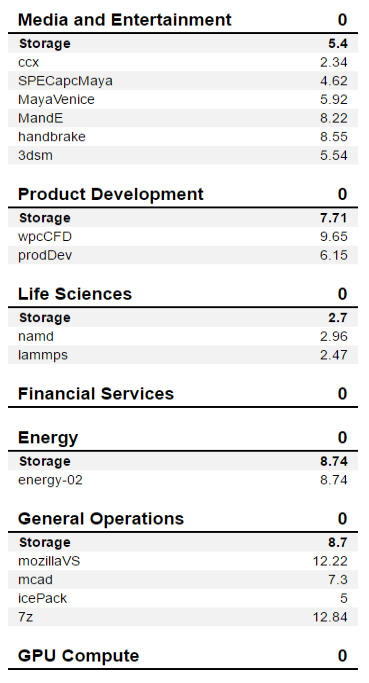
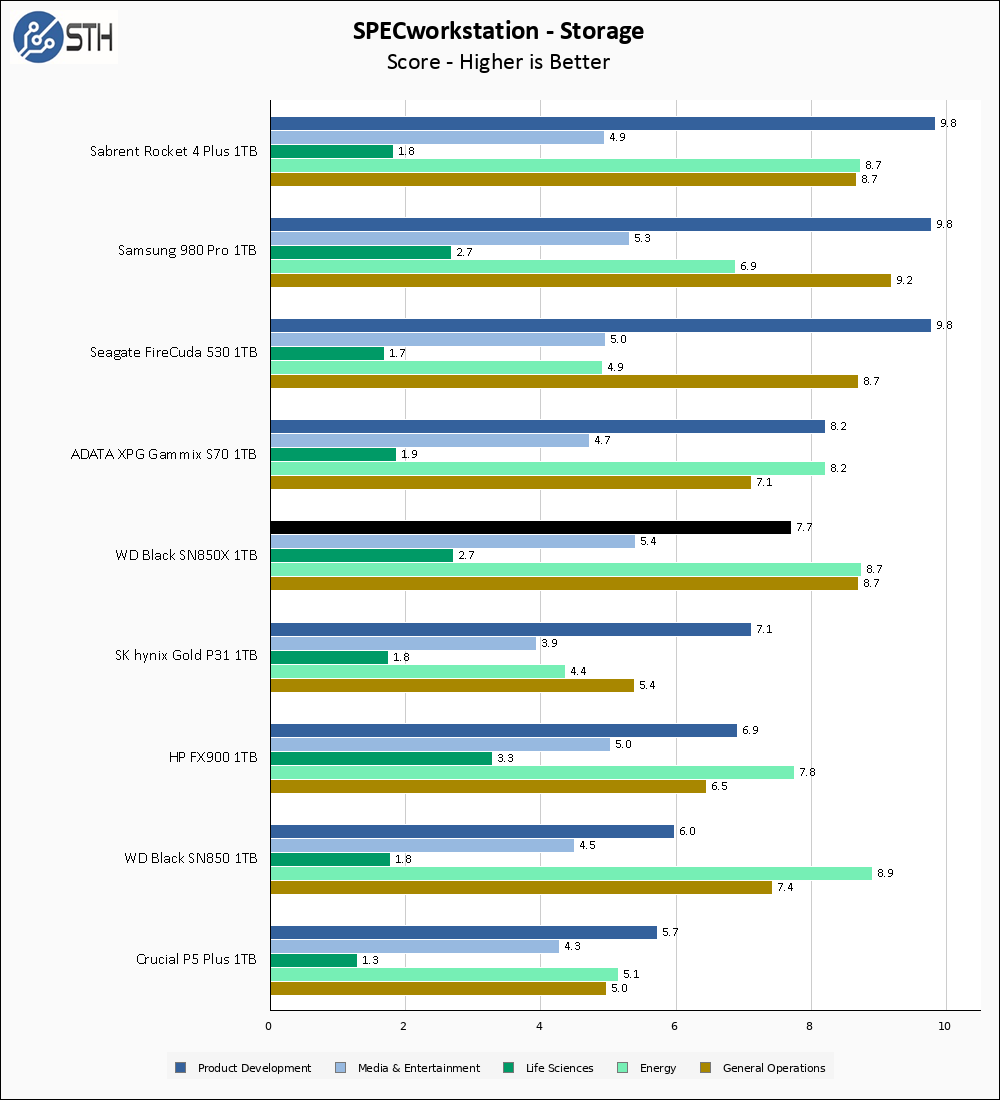
The WD Black SN850X 1TB is a good drive in SPECworkstation. The Product Development score is somewhat in the middle of the road, but the other four tests all turn in excellent results.
Sustained Write Performance
This is not necessarily a benchmark so much as trying to catch the post-cache write speed of the drive. While I am filling the drive with data to the 85% mark with ten simultaneous write threads, I monitor the drive for the write performance to dip to the lowest steady point and grab a screenshot.
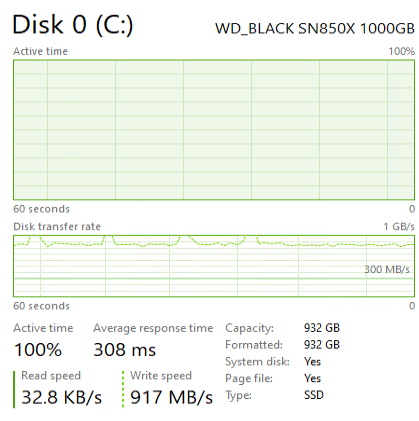
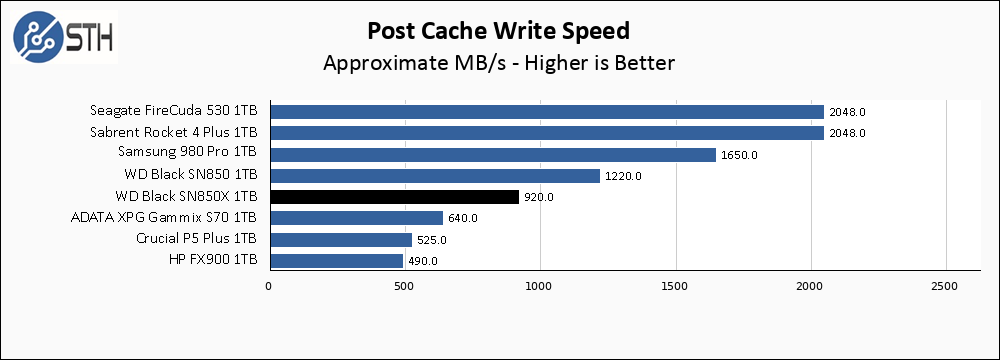
The post-cache write speed on the SN850X comes in at 920 MB/s, which is good. Unfortunately, this is an area where the SN850X falls short of its predecessor, and there are plenty of drives with better long-term sustained write speed. With that said, 900+ MB/s sustained write should be good enough for almost everyone.
Direct Comparisons – Generations Compared
Since the WD Black SN850X is the successor to the original SN850, I wanted to pit the two side-by-side.
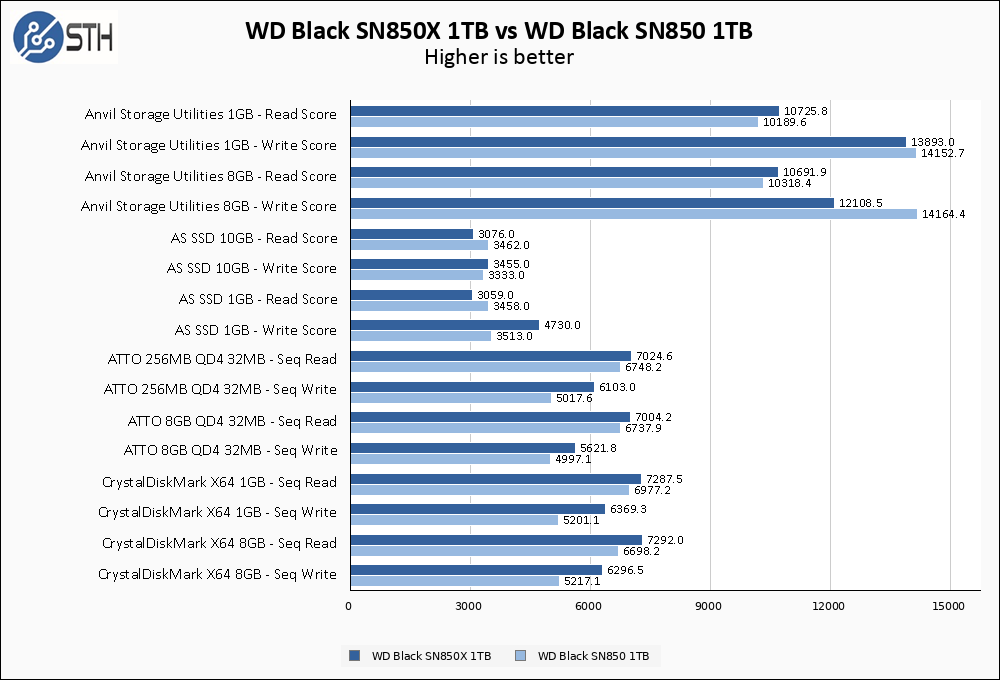
In general, the SN850X is faster than the original SN850. The original SN850 manages to notch victories in portions of Anvil and AS SSD testing, while the SN850X claims victory in everything else.
Temperatures
We monitored the idle and maximum temperature during testing with HWMonitor to get some idea of the thermal performance and requirements of the drive. Please remember that our test bench is an open frame chassis in a 22C room, but with no direct airflow. As a result, this is not representative of a cramped low airflow case and is instead intended to model temperatures of a drive ‘on its own’.

There is a reason this drive has an option to order it with a heatsink. 77C under sustained writes is pretty toasty. You will want a heatsink of some kind and preferably some airflow if you are going to hit this drive hard. Many motherboards include heatsinks.
Final Words
Without a heatsink, the WD Black SN850X 1TB drive is currently $130 on Amazon and $150 for the heatsink model. This pricing is fairly in line with competitors, with the Samsung 980 Pro 1TB at $140 with a heatsink and the Rocket 4 Plus heatsink model at $160 with a heatsink and $220 without one on Amazon. Additionally the original SN850 with a heatsink is still available for $130. I think the price point for the SN850X is fine, though it certainly is not an aggressive one.
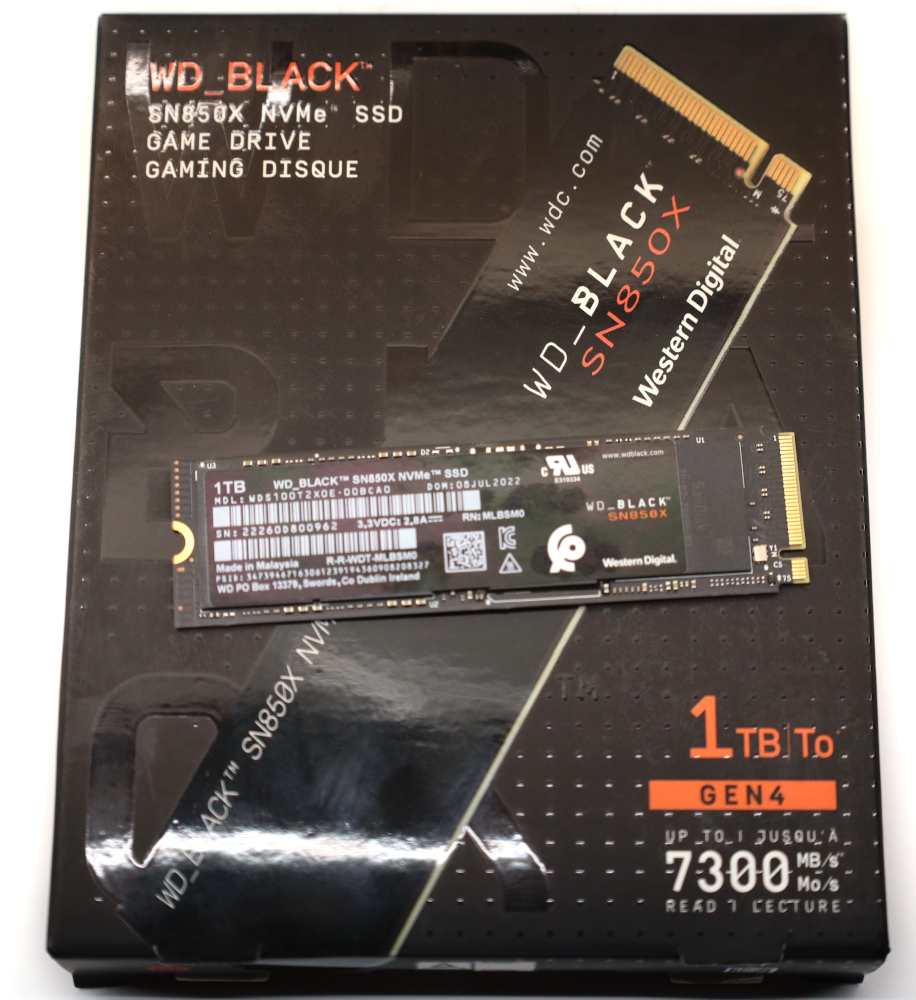
The WD Black SN850X is a good drive. I would buy one, assuming the price is right. At the high end, the SN850X goes into a pool of drives like the Rocket 4 Plus, 980 Pro, Platinum P41, and FireCuda 530 that I consider essentially interchangeable. That is very good company to keep, and I would make my purchasing decisions mostly based on price within that group. So if you are in the market for a high-performance Gen 4 drive, you owe it to yourself to consider the WD Black SN850X.




The factor two difference in sustained write between this and SSDs with otherwise similar performance makes me think more attention should be given to this metric.
Compared to cache sizes that have been tuned to popular benchmarking tools, sustained write performance might be a more meaningful number, especially if one is rebuilding a ZFS storage pool, mirror RAID or even BTRFS.
With heatsinks less expensive then without… Feels like being scammed….
I bought one of these, and I find that simply does not work under linux (at least on my X570 motherboard with Ryzen 5950X) due to power/sleep state issues. I’ve replaced it with a Rocket 4 Plus, and I’m still hoping to repurpose the SN850X elsewhere…
One nice thing about this series of drives is unlike the Samsung 9×0 Plain/Evo/Pro consumer line of SSDs the WD Black line can be reformatted with 4K LBA instead of 512. In certain applications this has dramatic benefits. I note that neither latency nor CPU usage appears in the review, and those are two things you would expect to improve with a larger logical block.
For example, my WD vs. Samsung SSD in the same system, QD=1 single-threaded random reads, I get 89% more IOPS on the WD, with one third the latency (11µs vs. 30µs at the median) with only 31% more CPU used (that is, 24% *less* CPU per IO).
On the other hand the WD runs out of gas earlier. The Samsung with more internal parallelism can hit 800k IOPS with 8 threads and QD=8, while the WD runs out of juice at 450k IOPS at 8 threads regardless of queue depth. So there are tradeoffs in both these controller architectures.
The SN850X saved 1 degree and lost 25% of the sustained performance compared to the older SN850. It makes no difference for daily usage, but when cloning drives frequently, wasting 25% more time is out of the question.
Thank you Will for including all the latest 1TB drives in your review. I had to check older reviews to see the temperature of the rest of the drives. Hope you’ll include all of them in future reviews.
What is the advantage of leaving the back side of the PCB blank? Is it just for cost savings (not having to use 2 extra flash chips) or is there another reason?